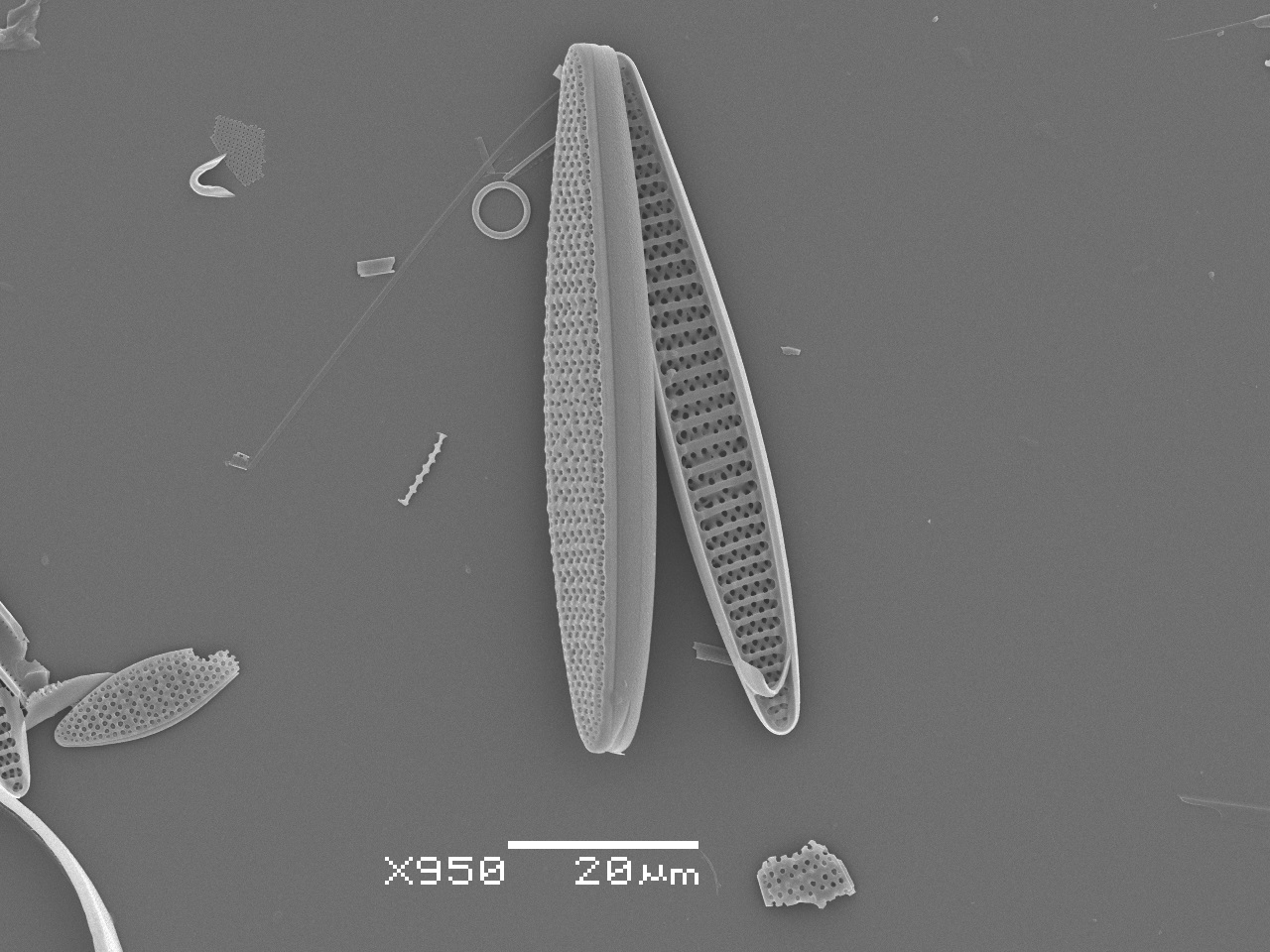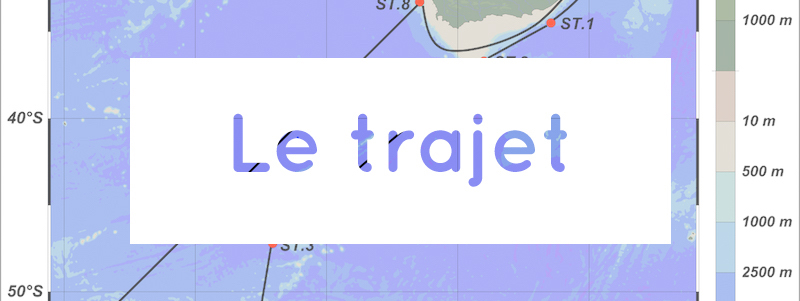14th February 2020
by Kelly-Anne Lawler
Marine microfossils: Diatoms
Diatoms are known as the ‘grass of the ocean’. Just like the grass we see on land, they are primary producers, meaning they get their energy from the sun via photosynthesis. As part of this process they generate 20-50% of Earths oxygen. Because diatoms need light to survive, they are generally found in the surface waters of the ocean, rather than in dark ocean depths.
Diatoms consist of only one cell encased by a skeleton, called a frustule, made of silica. After death, diatom frustules can sink to the ocean floor where they accumulate over time along with the skeletons of other marine microplankton (e.g. foraminfera and radiolaria) as well as non-biogenic material like clay or sand particles. By retrieving a sediment core from the ocean floor we can see which diatoms were living in the water column recently (these are at the top of the core) as well as the diatoms which were living thousands, or even millions, of years ago depending on how far down the core we look.
More than 10,000 diatom species have been identified and their distribution in the ocean depends on factors such as water temperature, salinity and nutrients. This means certain diatom species are found in a very particular kind of habitat. We can use our knowledge of the ocean water diatom species currently inhabit to estimate what the ocean was like in the past by looking at diatoms found deep in marine sediment cores. Diatoms live not only in salty ocean water, but also in fresh or brackish water, so this method can also apply, for example, to lake sediments.


Corethron sp. (left) and Fragilariopsis kerguelensis (right).
Photo credits: Rigual-Hernández, Andres, Armand, Leanne Kay, Trull, Thomas William, Bray, Stephen Gilbert, Wilks, Jessica, Lawler, Kelly-Anne and Ballegeer, Anne-Marie (2015, updated 2015) Diatom species of the Australian sector of the Southern Ocean. Australian Antarctic Data Centre.
doi: 10.4225/15/5563CAA53B5E0





